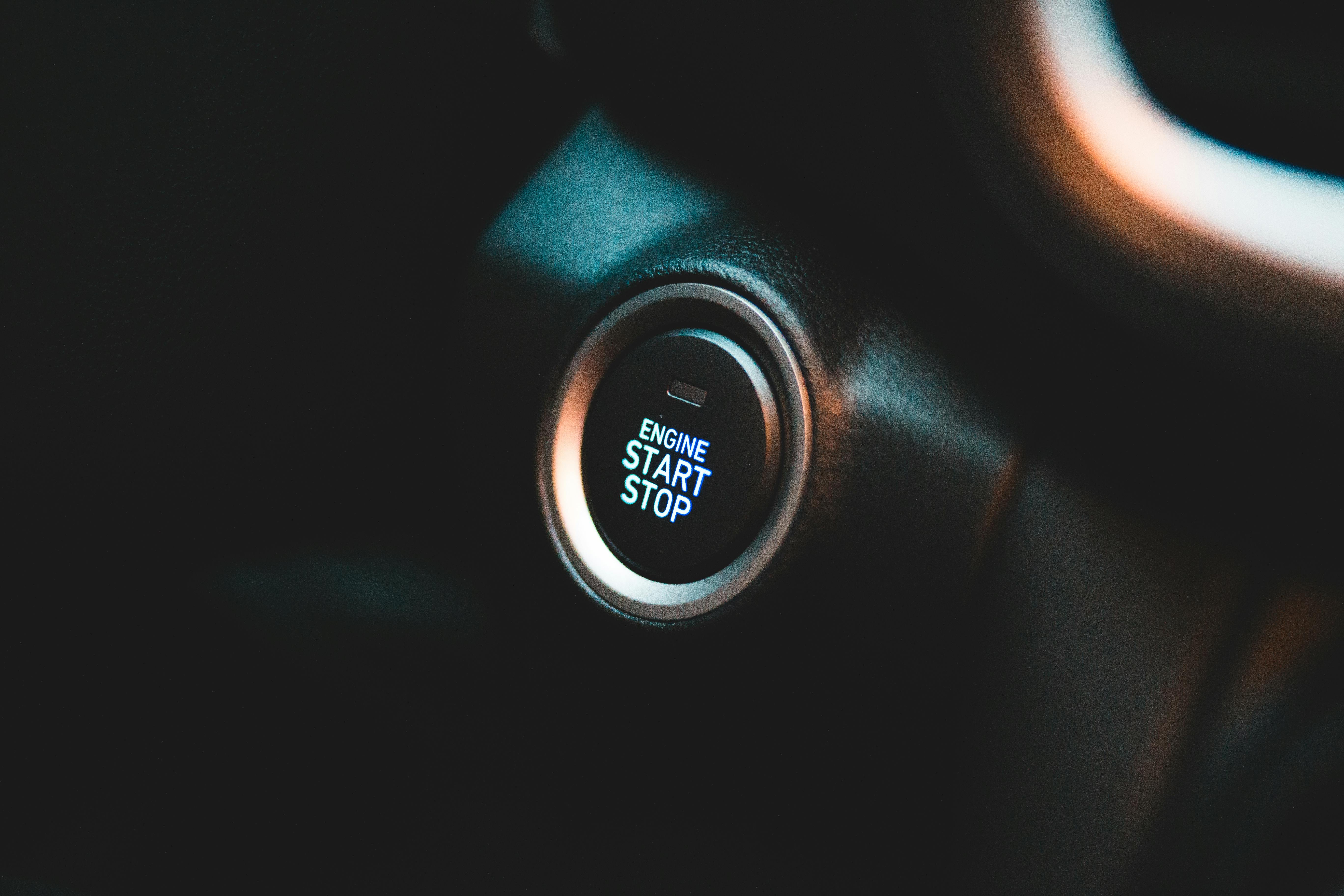The manufacture of “classic cars” is often a matter of debate. Often times, a car is considered classic if it is considered “collectible” by the public. Some, however, may seem to hold that there is only one set period for classic cars, that “true classics” were only until the 1940s, for example.
Still, some may even try to classify car models in eras. So we have the muscle car age, the bullet age, the box-type age, and so on. A more precise classification is one that establishes three categories according to the year in which the cars were manufactured. These are the old cars, manufactured from 1880 until the beginning of the First World War; vintage cars, manufactured between 1916 and 1924, and it was the beginning of the true ‘automobiles’; and classic cars, from 1925 to the near past.
If you’re confused about whether that old piece of junk in your dad’s garage could be worth anything, here are some easy guidelines you can use.
1. Year of manufacture
This is the simplest measure to determine if a car is classic or not. You can easily tell what year the car was manufactured by checking the Vehicle Identification Number (VIN). Various sites on the Internet can produce all the details of a car simply by entering its VIN.
If you are new to the concept of classic cars and just want to start your own collection, treat the year flexibly. What I mean is, don’t listen to those tense talks from car enthusiasts about the “real” era of classics. If you find an attractive-looking 10-year-old car, you can treat it like an antique vehicle too. The reason for this is simple: car values appreciate over time. Well, that is, if you find a suitable car.
2. Number of units
An important measure of the “classic character” of a car is the number of units that were made and still exist. A Corolla from the ’80s to’ 90s could hardly be defined as a classic, as it was mass produced and proliferated around the world. But a first-gen Corolla might have some value in some way, as very few people still have it.
A ’55 T-bird is an example of a high-value classic car, both for the year it was built and for the number of units released. Ford released just a little more than 10,000 models.
3. Relevance
Not all vintage cars can be considered vintage. Personally I think that the title of ‘classic’ could only be conferred to those cars that have represented a generation. A Volkswagen Beetle, although many people have it, is a good classic car simply because it carries a lot of history. Along with the Type 2 (the VW Van), it represented the hippie generation. And in contrast to that, the Beetle was also the most popular car for the Nazi elite. Those two conflicting layers just create a very historic vehicle.
Cars could also be considered relevant if seen on TV and movies as they tend to carry some fond memories of a generation. A Pontiac Trans-Am from the ’80s is not just another high performance car, it will always be seen as KITT in Knight Rider.
If you have an old car in your garage, you may want to do a little research on its history. You may have a valuable gem and you are letting it rust. And if you love vehicles and cars, maybe you should go retro and collect classic cars. Not only do they appreciate their value, but they also have great pieces of history.
